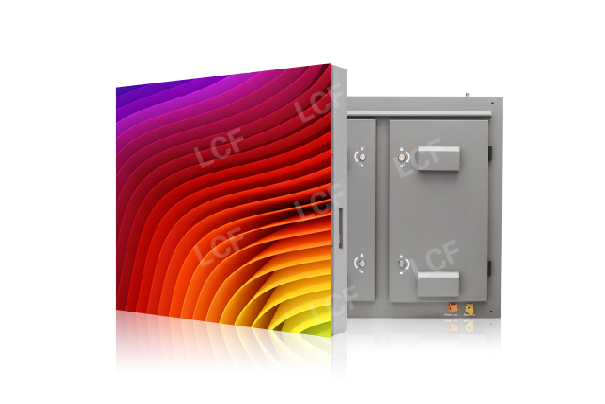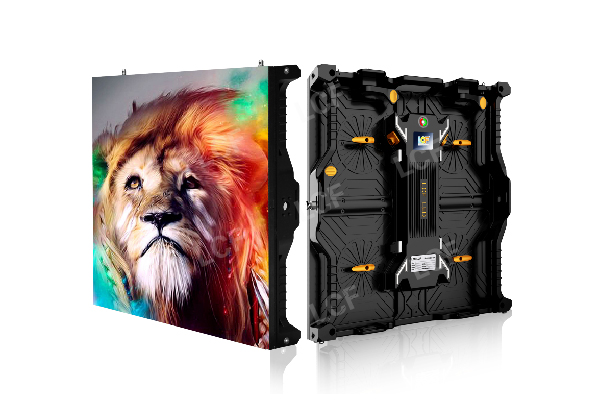Publisher: Supplier of LED Display Time: 2017-12-19 Views: 4195


2. Indoor, outdoor and semi-outdoor LED display: The area of indoor LED display generally ranges from less than one square meter to more than ten square meters, with a high point density. In direct sunlight or ambient lighting, the viewing distance is a few meters away, and the screen The body does not have the ability to seal and waterproof. Indoor LED displays are generally dominated by dot-matrix modules, because the display brightness requirements for indoor use are not high, and dot-matrix modules have a high price; outdoor LED displays are generally from several meters to tens or even hundreds of square meters. The point density is relatively thin, mostly 1000-4000 points per square meter, and the luminous brightness is 3000-6000cd/square meter. Different orientations have different brightness requirements. In direct sunlight, the viewing distance is tens of meters, and there is a good resistance on the screen. Wind, rain and lightning protection ability; semi-outdoor LED display is between indoor and outdoor, high brightness, can be used outdoors in the sun, the screen is sealed, usually on the roof or window.
3. Monochromatic, dual-color, tri-primary LED display: Monochromatic LED display refers to the luminescent material with only one color in the display, mostly single red; dual-primary LED display is generally composed of red and yellow-green luminescent materials The three-primary color LED display is divided into full-color and true-color displays. Full-color is composed of red, green, and blue, while true color is composed of red, pure green, and blue.